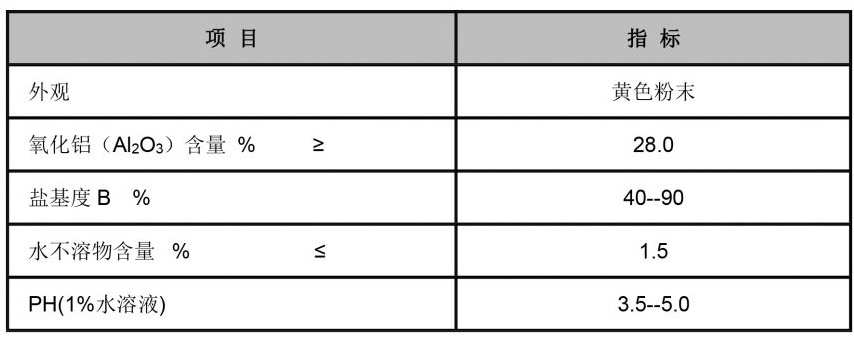Poly Aluminum Chloride in Water Treatment Applications and Benefits for Purification Processes
Poly Aluminum Chloride in Water Treatment
Poly Aluminum Chloride (PAC) is an inorganic polymer commonly used as a coagulant in water treatment processes. It is a refined, soluble derivative of aluminum chloride and presents a range of advantages over traditional coagulants such as aluminum sulfate. PAC is particularly effective in a variety of water treatment applications, including drinking water purification, wastewater treatment, and industrial processes.
Composition and Properties
PAC is composed of a combination of aluminum oxide (Al2O3), aluminum chloride (AlCl3), and hydroxides, which create a polymeric structure that enhances its efficiency in coagulation and flocculation processes. This polymeric form of aluminum provides several benefits, including a higher charge density compared to conventional coagulants. This charge density helps to neutralize the negative charges present on suspended particles in water, leading to the formation of larger and more stable flocs that can be easily removed.
Mechanism of Action
The effectiveness of PAC in water treatment can be attributed to its unique mechanism of action. Upon addition to water, PAC undergoes a process of hydrolysis, producing aluminum hydroxide. The generated hydroxides interact with colloidal particles, organic matter, and turbidity in the water, causing them to aggregate into larger flocs. These flocs can then be removed through sedimentation, filtration, or flotation, resulting in clearer water.
Advantages of PAC
1. Improved Performance PAC is known for its high efficiency in treating high-turbidity water, making it an ideal choice for municipal and industrial water treatment facilities. It can effectively remove a wide range of impurities, including suspended solids, bacteria, and some heavy metals.
poly aluminum chloride water treatment

2. Lower Dosage Requirements Compared to aluminum sulfate, PAC requires lower dosages for effective coagulation. This not only reduces chemical costs but also minimizes the formation of residual sludge, making the overall treatment process more efficient.
3. pH Range Flexibility PAC can operate effectively over a broader pH range (from 5 to 9), which gives water treatment facilities more flexibility in adjusting their processes according to varying water chemistry.
4. Environmental Benefits The use of PAC generates less sludge compared to traditional coagulants. This reduction in sludge volume lowers the environmental impact associated with sludge disposal, making PAC a more sustainable choice in water treatment.
Applications
PAC is widely utilized in different sectors. In drinking water treatment, it helps in removing color, turbidity, and pathogens, ensuring that the water meets safety standards for consumption. In wastewater treatment, PAC is employed to treat effluents from various industries, including paper mills, textile factories, and municipal waste. Its effectiveness in removing organic matter and phosphorus content makes it particularly valuable in meeting stringent environmental regulations.
Industrial applications of PAC extend beyond water treatment. It is also used in manufacturing processes involving paper, cosmetics, and food products, where it serves various roles including as a flocculant, stabilizer, and clarifying agent.
Conclusion
Poly Aluminum Chloride is a versatile and efficient coagulant that has transformed water treatment processes across various industries. Its superior performance, cost-effectiveness, and environmental benefits make it a preferred choice among water treatment professionals. As global water quality standards continue to evolve, the demand for effective and sustainable treatment solutions like PAC is expected to grow. Therefore, understanding and utilizing PAC in water treatment processes not only enhances the efficiency of operations but also contributes to a cleaner and safer water supply for communities worldwide.
-
Water Treatment with Flocculant Water TreatmentNewsJun.12,2025
-
Polymaleic AnhydrideNewsJun.12,2025
-
Polyaspartic AcidNewsJun.12,2025
-
Enhance Industrial Processes with IsothiazolinonesNewsJun.12,2025
-
Enhance Industrial Processes with PBTCA SolutionsNewsJun.12,2025
-
Dodecyldimethylbenzylammonium Chloride SolutionsNewsJun.12,2025





